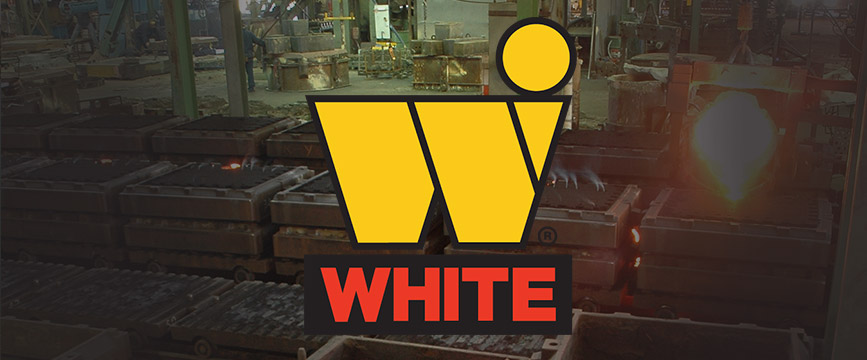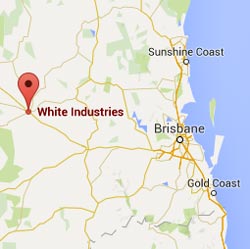Foundry Tech: Aluminium
Up till now, we’ve explored ferrous alloys, those based on the element Iron (Fe). In this article, we start exploring non-ferrous alloys with this article devoted to Aluminium (or Aluminum), or what some people refer to as “alloy”.
Aluminium is a lightweight metal, approximately one third the density of Iron. While these materials are not as strong or hard as ferrous alloys, the strength-to-weight ratios are similar, making them suitable where weight considerations are paramount. It has particularly good resistance to atmospheric corrosion due to the rapid formation of a stable oxide layer.
There are many wrought grades available, as well as cast grades. The cast grades centre around alloying with Silicon, Magnesium, Copper, Iron and various combinations of these elements and is shown in Fig 1.
 |
| Fig 1 – Alloying combinations |
Aluminium-Silicon Alloys
The most basic binary Aluminium grades are alloyed with Silicon. Silicon is soluble in Aluminium up to around 12.7%, which is known as the Eutectic. Silicon contents below the Eutectic are called Hypoeutectic and, as seen in Fig 2, have a microstructure of Alpha phase (white areas) and Eutectic phase (grey areas). As the Silicon increase, the Alpha phase decreases and the Eutectic phase increases until 12.7% of Silicon is reached. Once past the Eutectic, there is no more Alpha phase; instead pure Silicon crystals precipitate.
 |
| Fig 2 – Microstructures of Hypoeutectic (Al Si5, Al Si7, Al Si9), Eutectic (Al Si12) and Hypereutectic (Al Si18) |
Chemical resistance as well as resistance to weathering and a marine climate increase with the purity of the casting alloy used. A primary silicon casting alloy meets the highest requirements in a variety of fields of application, e.g. in the food industry or in shipbuilding.
These alloys are known for their excellent fluidity, castability and corrosion resistance and are the basis for further modification with other alloying elements.
Aluminium-Silicon-Magnesium Alloys
Magnesium is added to make a family of alloys that not only have excellent castability and resistance to corrosion but also respond to heat treatment such as solution heat-treating and artificial aging. The most common alloy is A356, which is hypoeutectic at 7%Si and is used extensively for car cylinder blocks and heads.
Aluminium-Copper Alloys
Aluminium-copper alloys have been used extensively in cast form where strength and toughness are required. These alloys respond well to heat treatment and exhibit high strength and hardness at room and elevated temperatures.
Aluminium-Silicon-Copper Alloys
Aluminium-silicon-copper alloys with less than 5.6% Cu are heat treatable, but the more important alloys of this family are those also containing magnesium. Heat treatment response is enhanced, leading to a very attractive range of properties, including premium strength capabilities. Many hypereutectic silicon alloys (12 to 30% Si) also contain copper. The primary silicon phase imparts excellent wear resistance, and copper contributes to matrix hardening and elevated temperature strength.
Aluminium-Magnesium Alloys
Another family of binary alloys are Aluminium-Magnesium alloys, which have moderate to high strength and toughness. Their most important characteristic is corrosion resistance, including exposure to seawater and marine atmospheres. This characteristic is also the basis for extensive use in food and beverage processing.
Aluminium-Zinc-Magnesium Alloys
Many alloys of this type naturally age, achieving full strength within 20 to 30 days at room temperature after casting. Solution heat treatment is not typically necessary for property development. These alloys typically display moderate to good tensile properties in the as-cast condition. The melting temperatures of alloys of this group are high, an advantage in castings that are to be brazed.
Aluminium-Tin Alloys
Tin is the major alloying element in compositions developed for bearing applications. Alloys containing 5.0 to 7.0% Sn are broadly used in bearings and bushings in which low friction, compressive strength, fatigue strength, and resistance to corrosion are important criteria.



